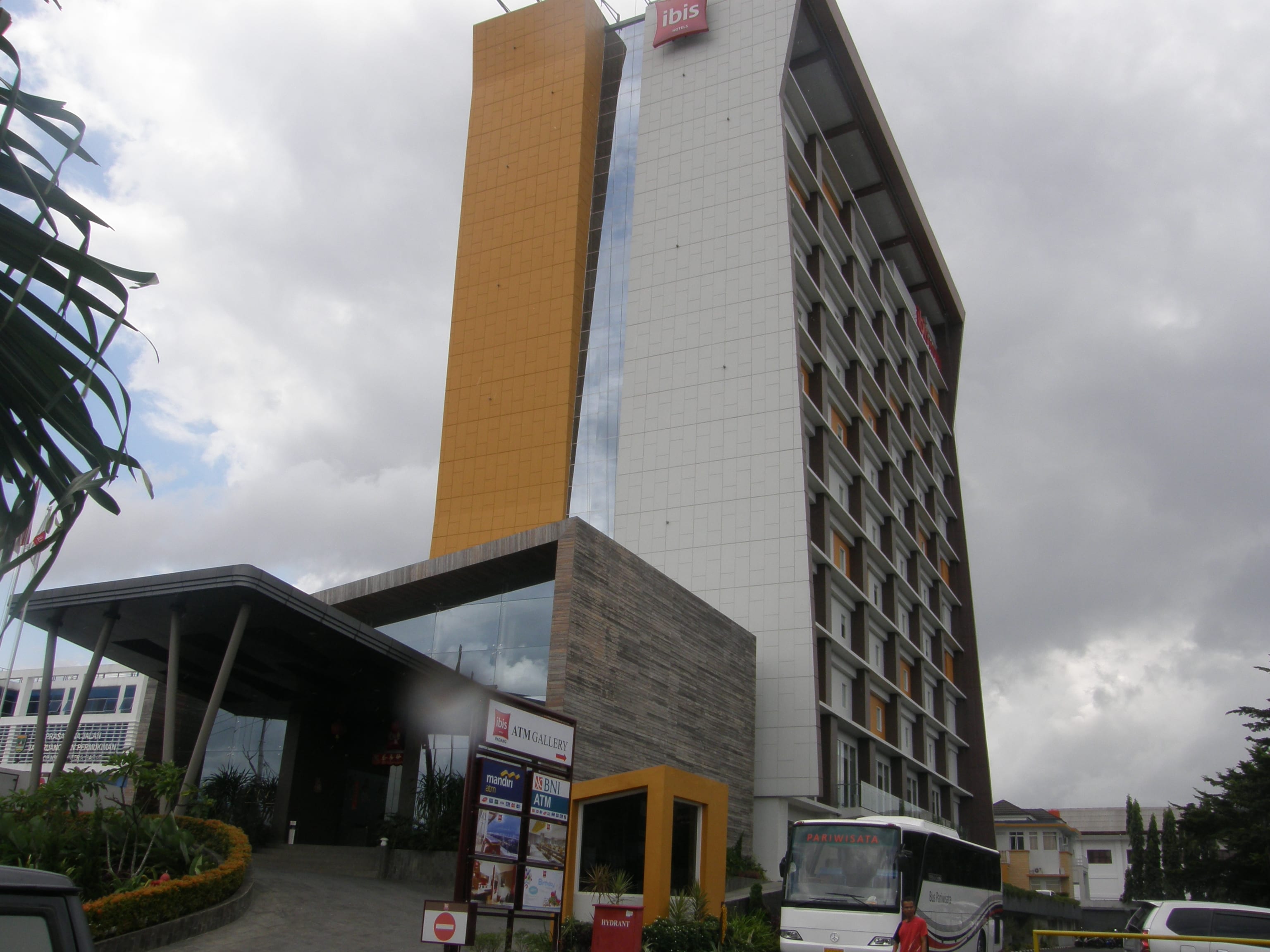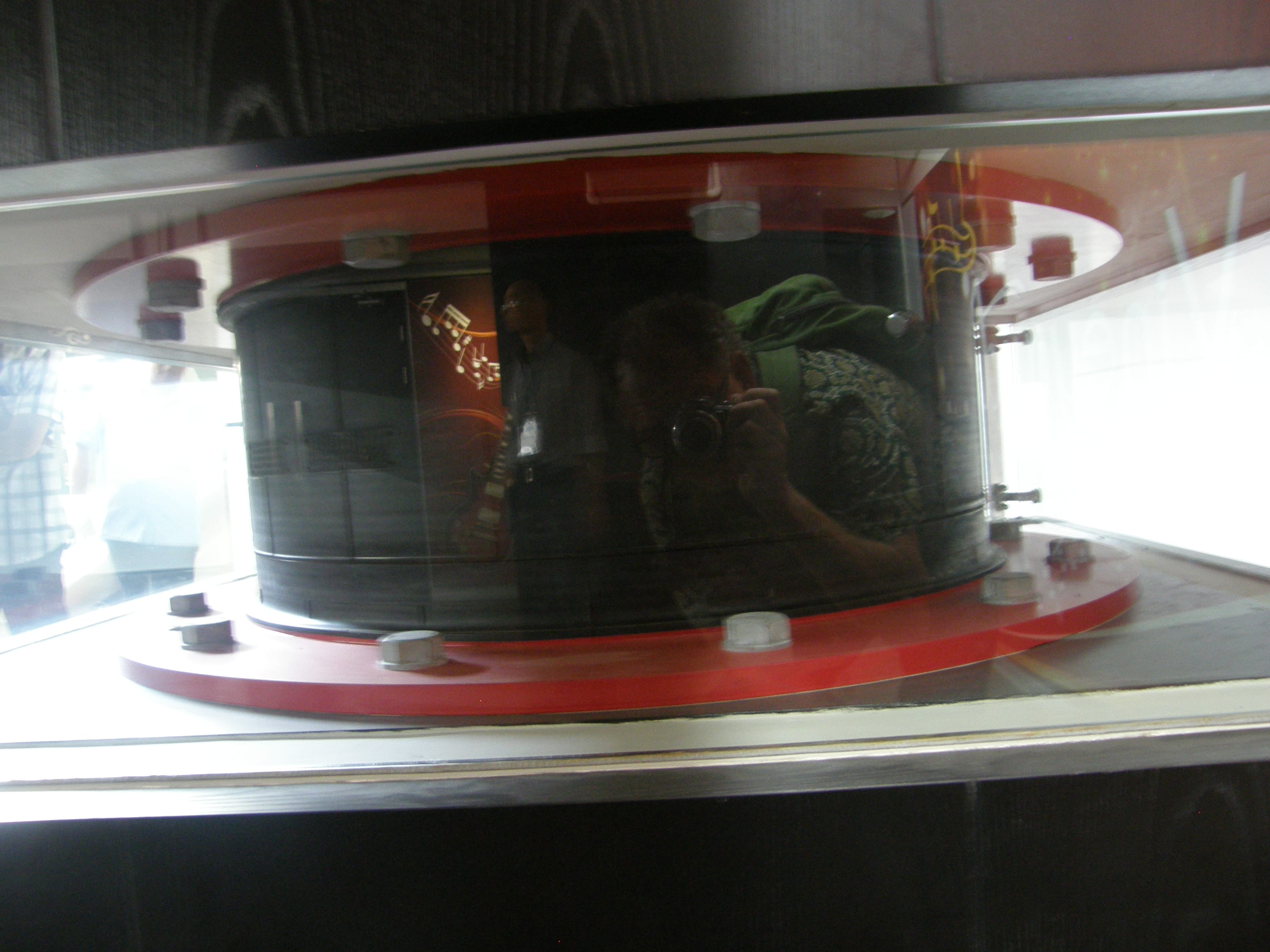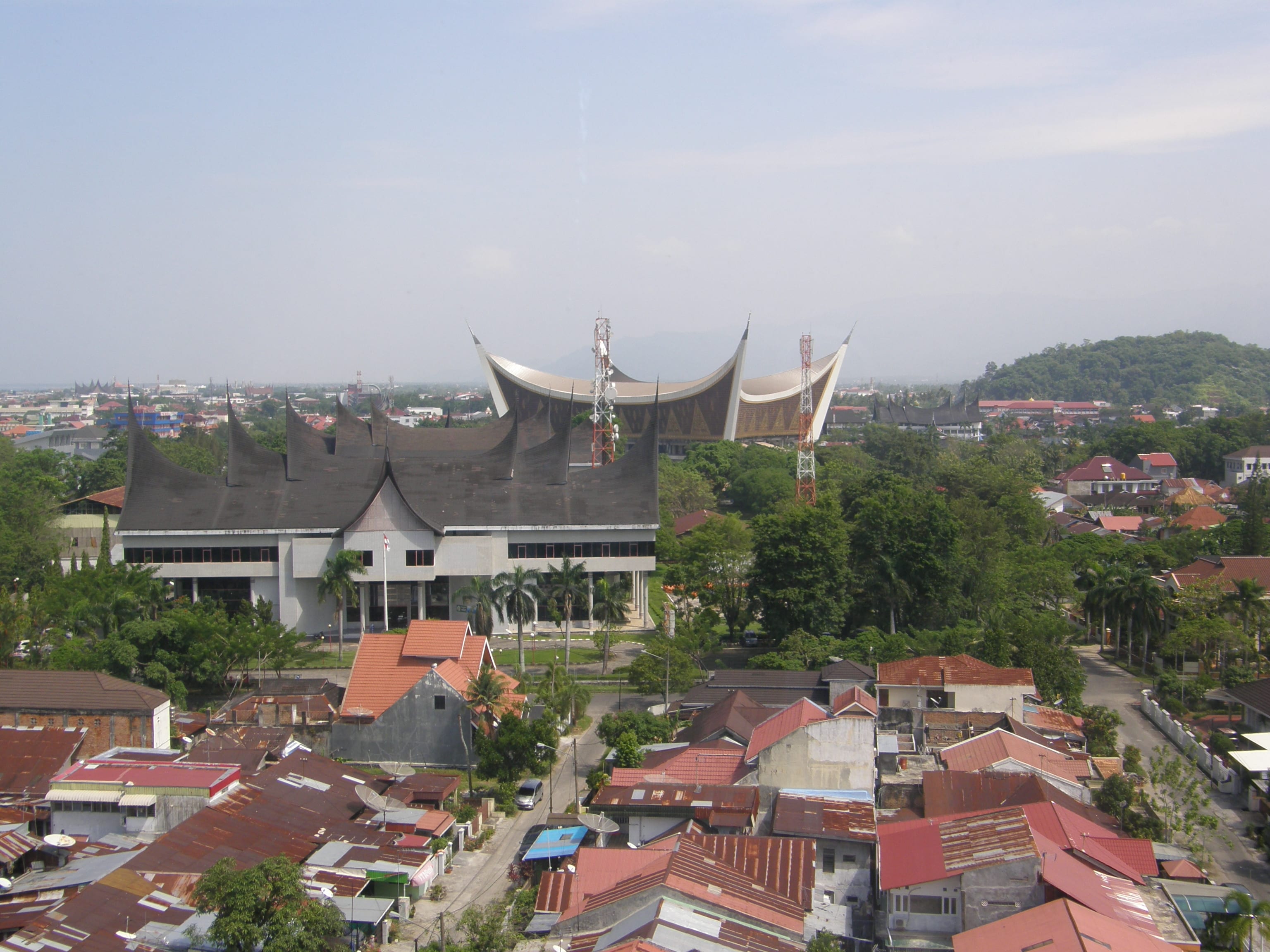Training in Seismic Base Isolation of buildings and structures was held in Padang 9–13 February 2015 at the Ibis Hotel.
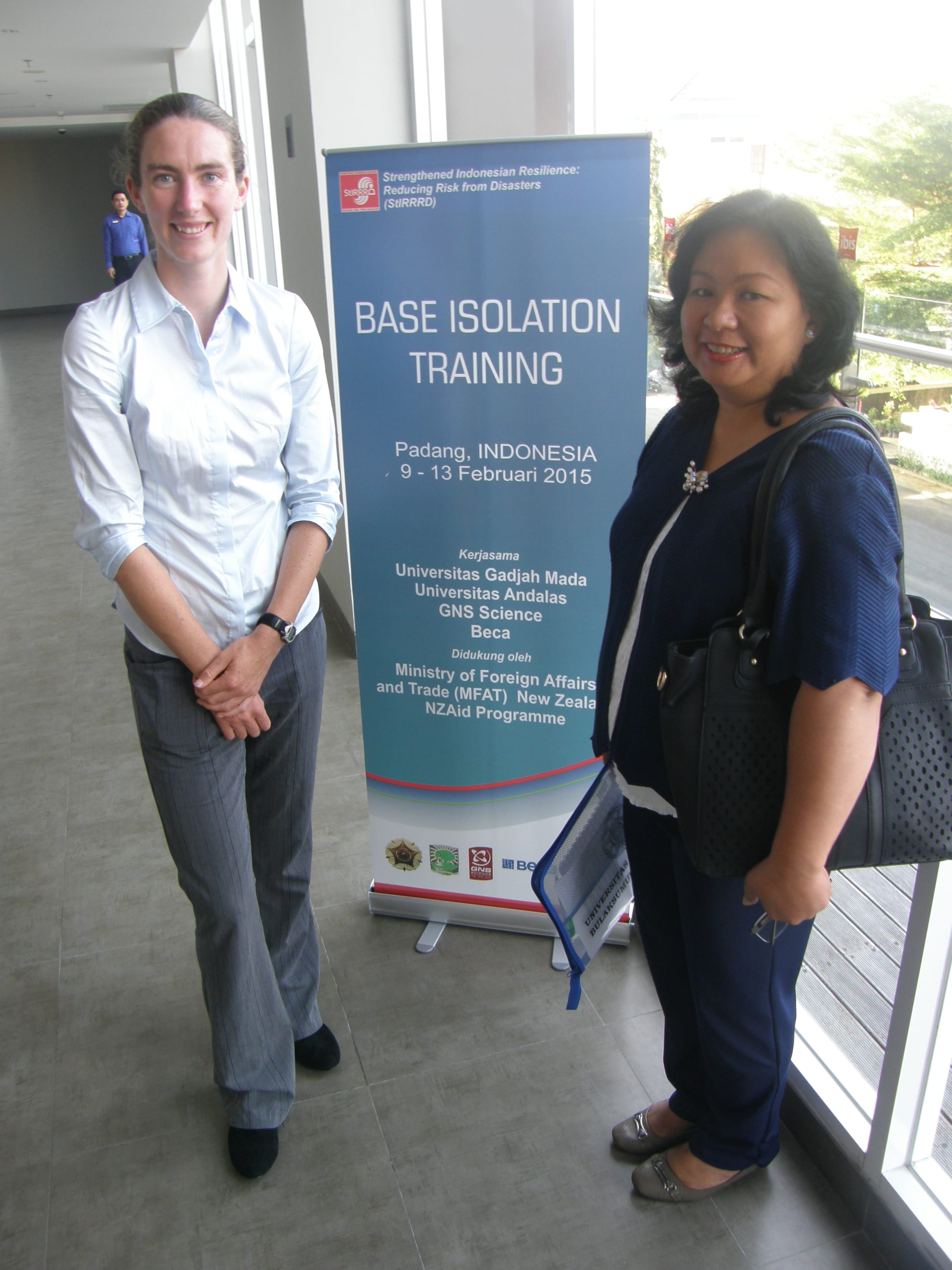
Significantly, the venue for the training, the Ibis Hotel (above) is base-isolated, with six of the isolators on display in the basement level (below).
Padang is at risk from large earthquakes and tsunami, being located close to the Sunda tectonic plate subduction zone. In 2009, a M7.6 earthquake caused considerable damage to the city. Padang, and west Sumatra is renown for it’s unique horn-shaped roof’s on buildings.
The training was organised by Universitas Gadjah Mada (UGM), Universitas Andalas (UNAND) based in Padang, Beca and GNS Science, as part of the Expert Training component of the StIRRRD programme. 45 participants from Local Government, representing 4 provinces and 6 StIRRRD districts, National Government, private consultants and Universities attended. The training involved a series of lectures and discussion sessions and practical group design exercises, including a practical example from Kota Bengkulu.
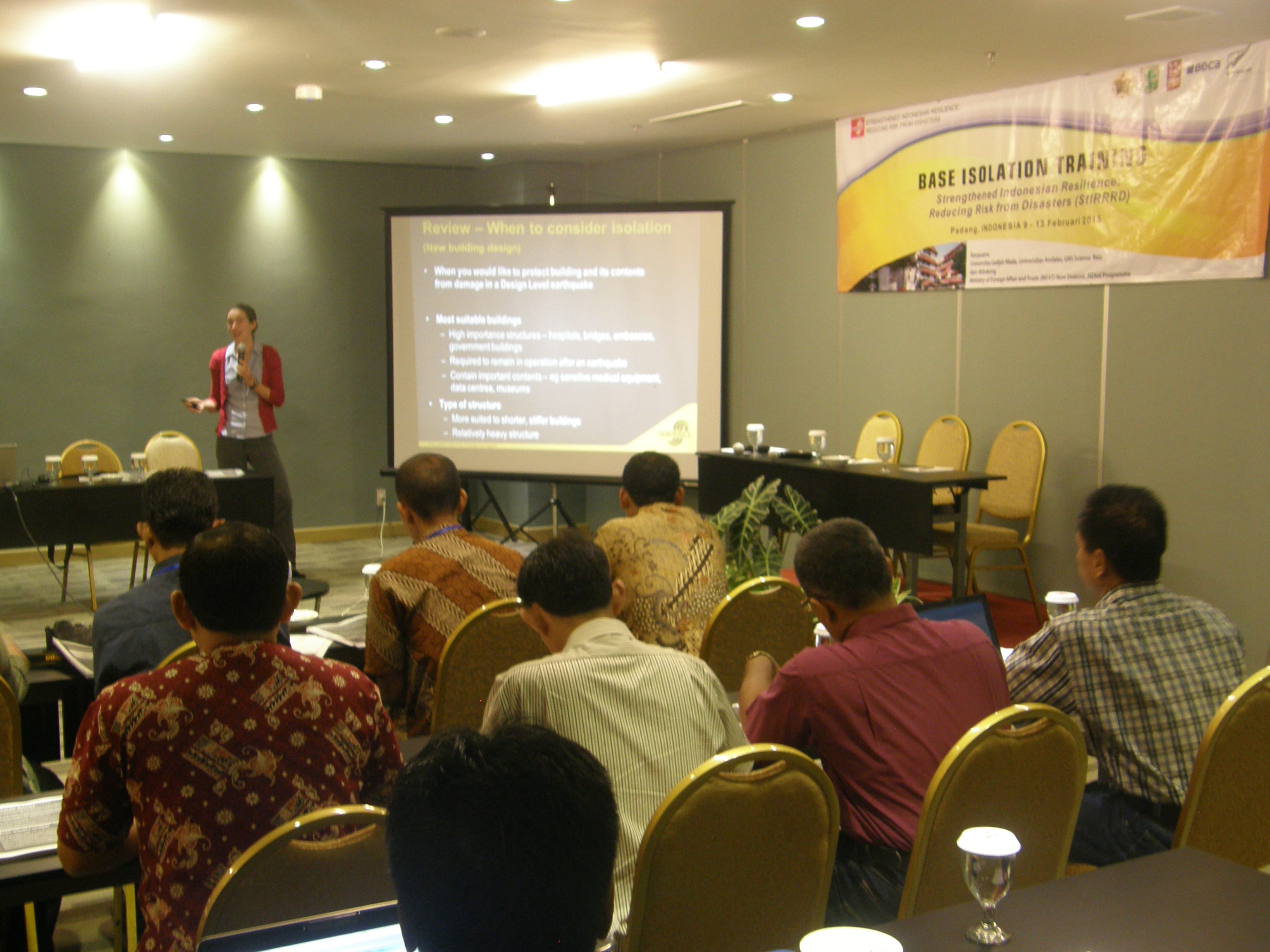
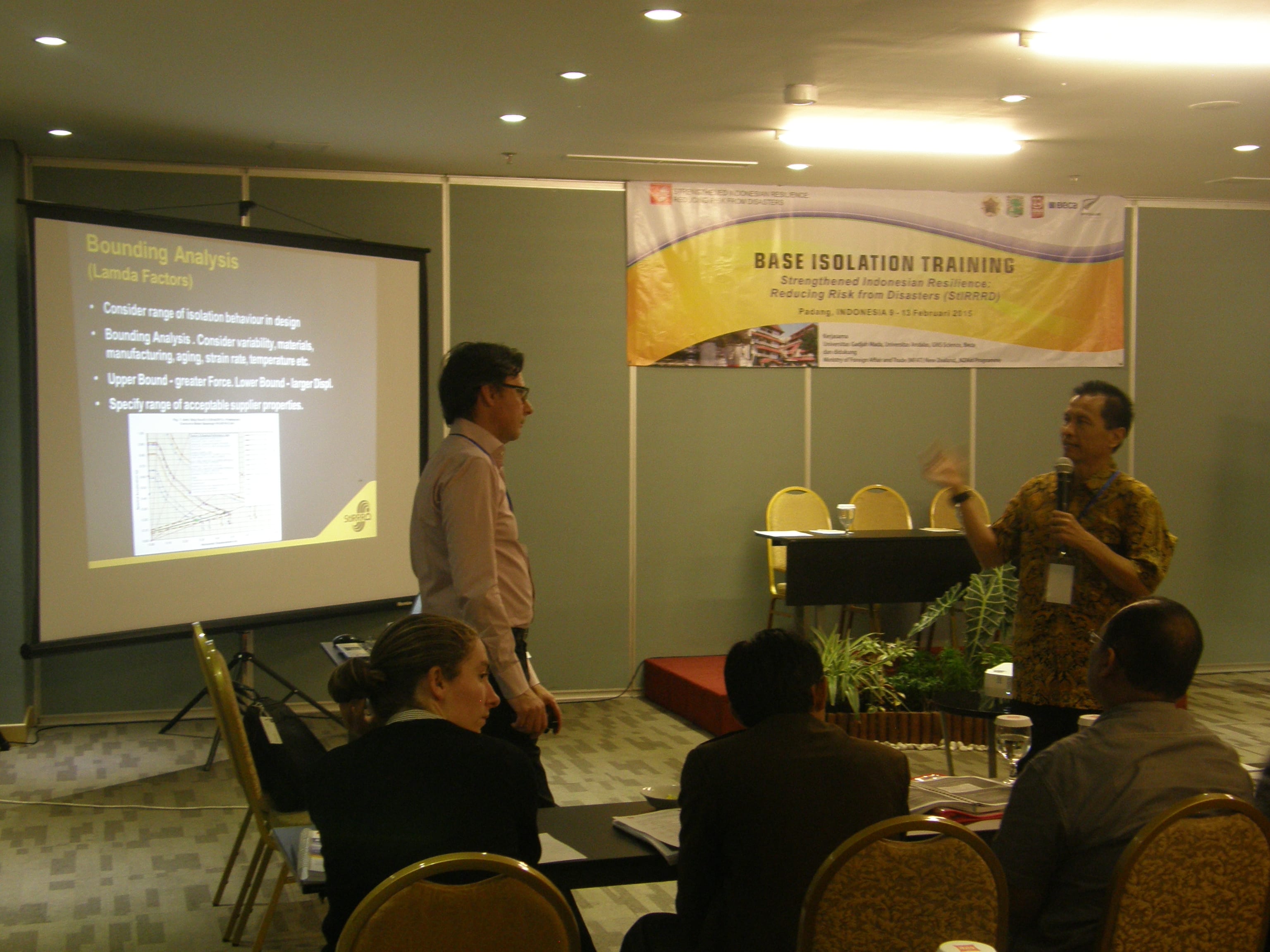
In addition there was a half–day field visit to 3 base-isolated buildings in Padang led by Andalas University.
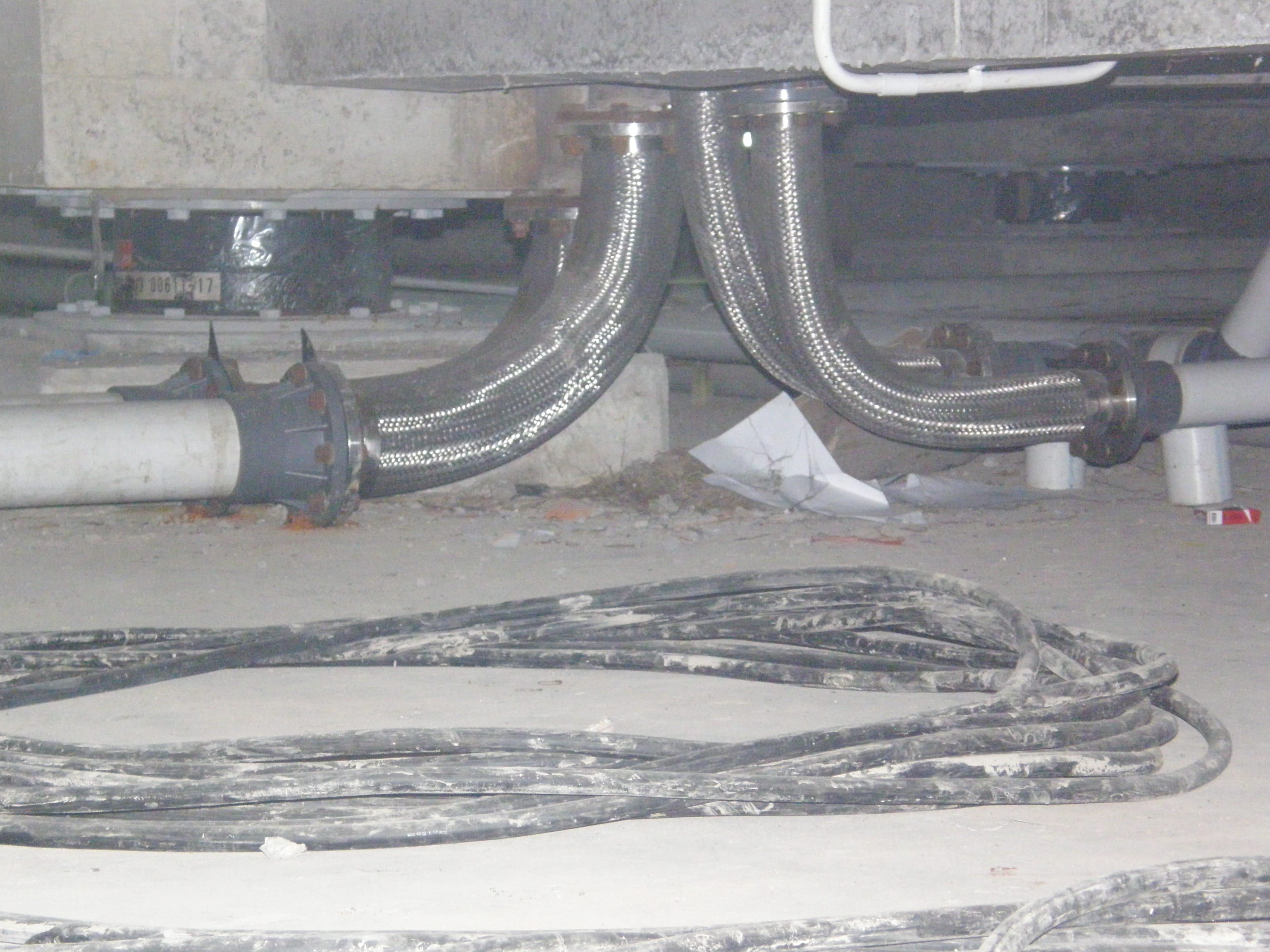
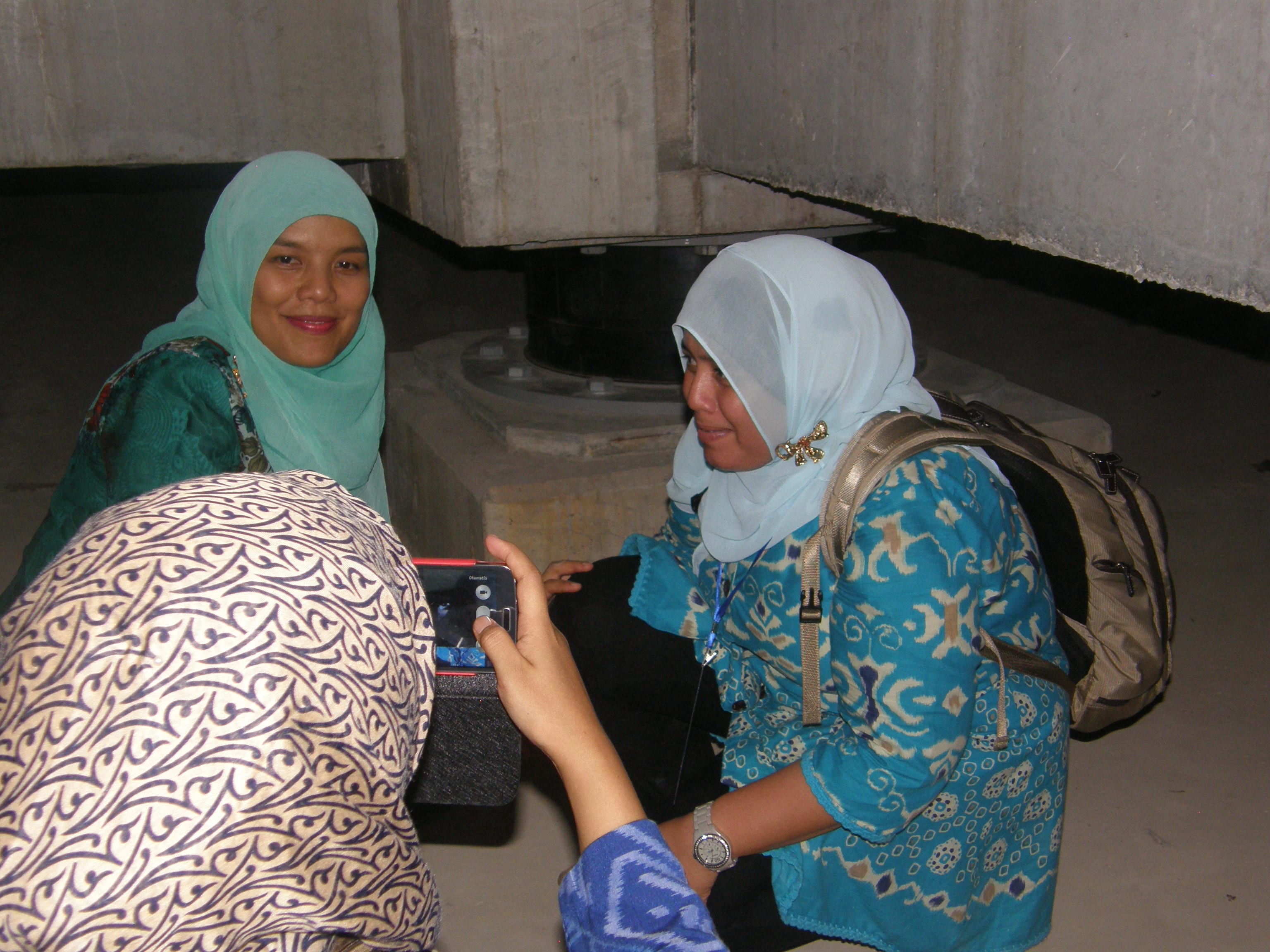
New Seismic design standards (SNI 1726:2012) were implemented in Indonesia in 2012 and contain a section on base isolated structures. Few structures and buildings have been base isolated in Indonesia but it is hoped that it will become more commonplace for critical facilities (e.g. hospitals, Emergency Management Centers), critical infrastructure, (e.g. bridges), and buildings of National importance.
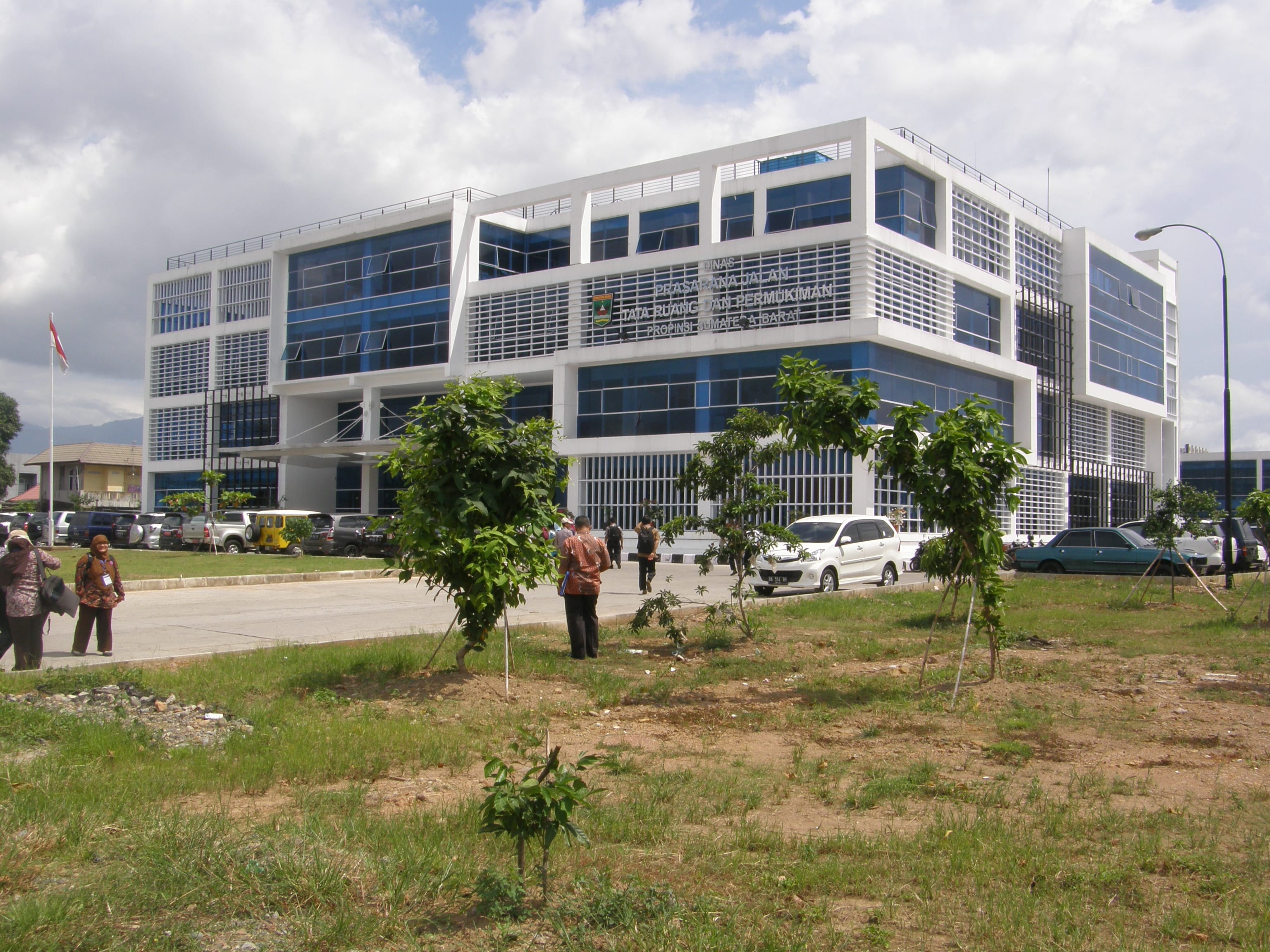
In New Zealand, the rebuild of Christchurch city, following the devastating earthquakes of 2010 and 2011, includes many buildings that will be base isolated.



